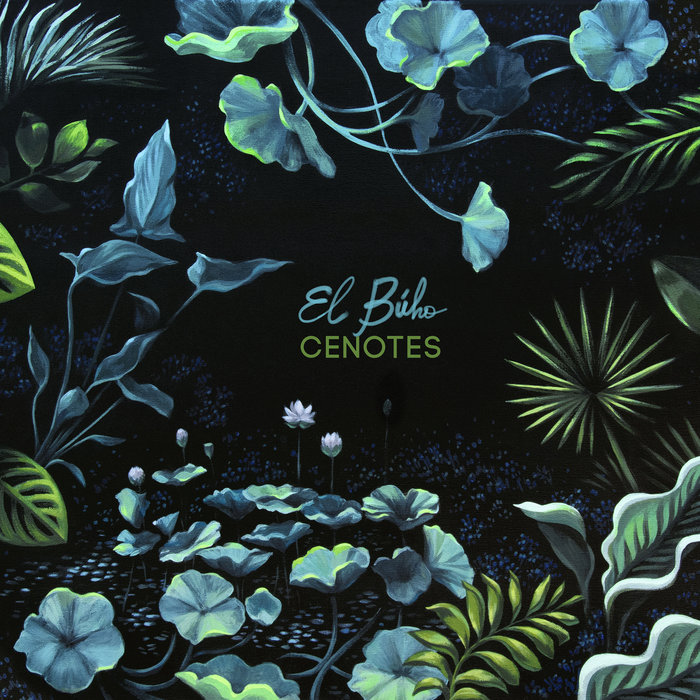
Mirando el Fuego Feat. Joaquin Cornejo & Minük – El Búho
this blog is GROOVY – check out great Soul, Funk, Jazz, Hip Hop, Bass, Breaks , Reggae, House n many more TUNES
Andino music, a vibrant genre rooted in the Andes Mountains, has captured hearts and toes tapping from the high peaks to bustling cities. Let’s take a groovy journey through its history, highlighting some amusing anecdotes along the way!
The origins of Andino music can be traced back centuries when Indigenous peoples such as the Quechua and Aymara inhabited regions across modern-day Peru, Bolivia, Ecuador, and Northern Chile. They used traditional instruments like charangos, pan flutes (zampoñas), and bombo drums to tell stories about their lives in harmony with nature.
As Spanish colonizers arrived in the 16th century, they brought along their own musical influences—think guitars strumming lively tunes! This fusion between Indigenous sounds and European rhythms gave birth to what we know today as Andean folk music. It’s like a musical smoothie blending sweet melodies with spicy beats!
One of the coolest things about Andean music is its unique instruments:
These instruments are often handmade using local materials which adds an extra layer of authenticity. You could say each instrument carries its own story!
In the mid-20th century, Andino music saw a significant revival thanks to groups like Los Incas and Inti Illimani. Suddenly there was this movement where musicians were not just playing at fiestas but also making waves internationally! They toured Europe and beyond—as if they took their charangos on an all-expense-paid trip around the globe!
Here’s something for you! In one concert abroad, an enthusiastic fan thought it would be hilarious to toss confetti made out of real dried llama dung onto stage during Inti Illimani’s performance. While it didn’t quite have that “sparkle” effect you’d expect from glitter confetti—the band took it in stride! Talk about keeping a poo-lightful spirit alive during performances!
Fast forward to now—Andean music isn’t just confined to traditional settings. Thanks to technology and global connectivity, artists started mixing these rich sounds with rock, pop—and even electronic beats! Bands like Los Kjarkas incorporate catchy guitar riffs while maintaining respectful ties to their roots.
It’s always fun hearing how some bands embrace technology creatively; sometimes they use recording software right on top of mountains—imagine fusing mountain echoes with contemporary vibes? Who needs fancy studios?
Speaking of creativity…the musician Gustavo “Chato” Pizarro has his own amusing ritual before performing. He wears mismatched socks believing they’ll bring good luck—but here’s where it gets funny: he once lost one sock before hitting the stage! So there he was performing in one funky sock while declaring “it enhances my sound!” Now that’s rock ‘n’ roll Andes-style.
Today’s artists continue pushing boundaries within this genre—a dope combination showcasing both heritage and innovation! Collaborations worldwide (hello world-music festivals!) spotlight how versatile these traditions can become when mixed up right:
This exchange creates new styles that honor traditional roots yet embrace fresh ideas—making sure no two concerts are ever boring!
One more laugh-worthy tidbit for ya! During one show abroad featuring various Andean-inspired acts including popular band Sonia y los Suyus, someone mistakenly sold tickets under “All-you-can-eat Peruvian Food” instead of “All-you-can-hear Peruvian Melodies.” Let’s just say anyone expecting buffet surprises was left singing ‘hungry’ instead—with belly laughs joining them too!
The beauty lies not only within melodious notes echoing off majestic peaks but also within every heart beating alongside those rhythms celebrating life itself—from hardship stories spun beautifully through ballads down valleys filled with laughter shared among friends gathered ’round bonfires on chilly nights.
So next time you’re vibing out under twinkling stars listening carefully—you might notice how colorful our world becomes through these distinct flavors woven together harmoniously over generations upon generations nurturing unity all across cultures…one groove at a time~
Let those charangos resonate loud because ANDINO flair will keep rocking us forevermore! 🎶✨

Mirando el Fuego Feat. Joaquin Cornejo & Minük – El Búho

Mañana Tepotzlan – El Búho